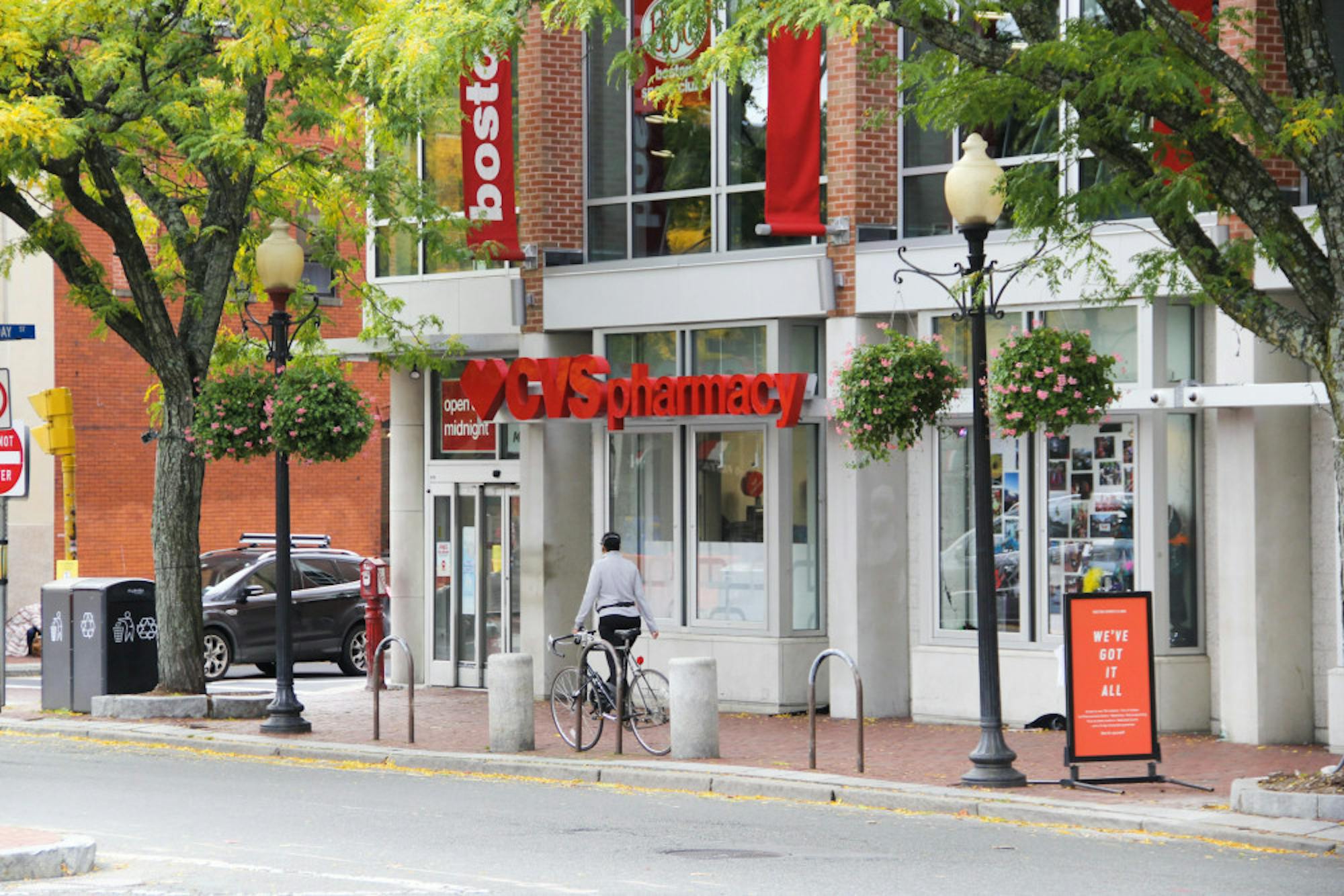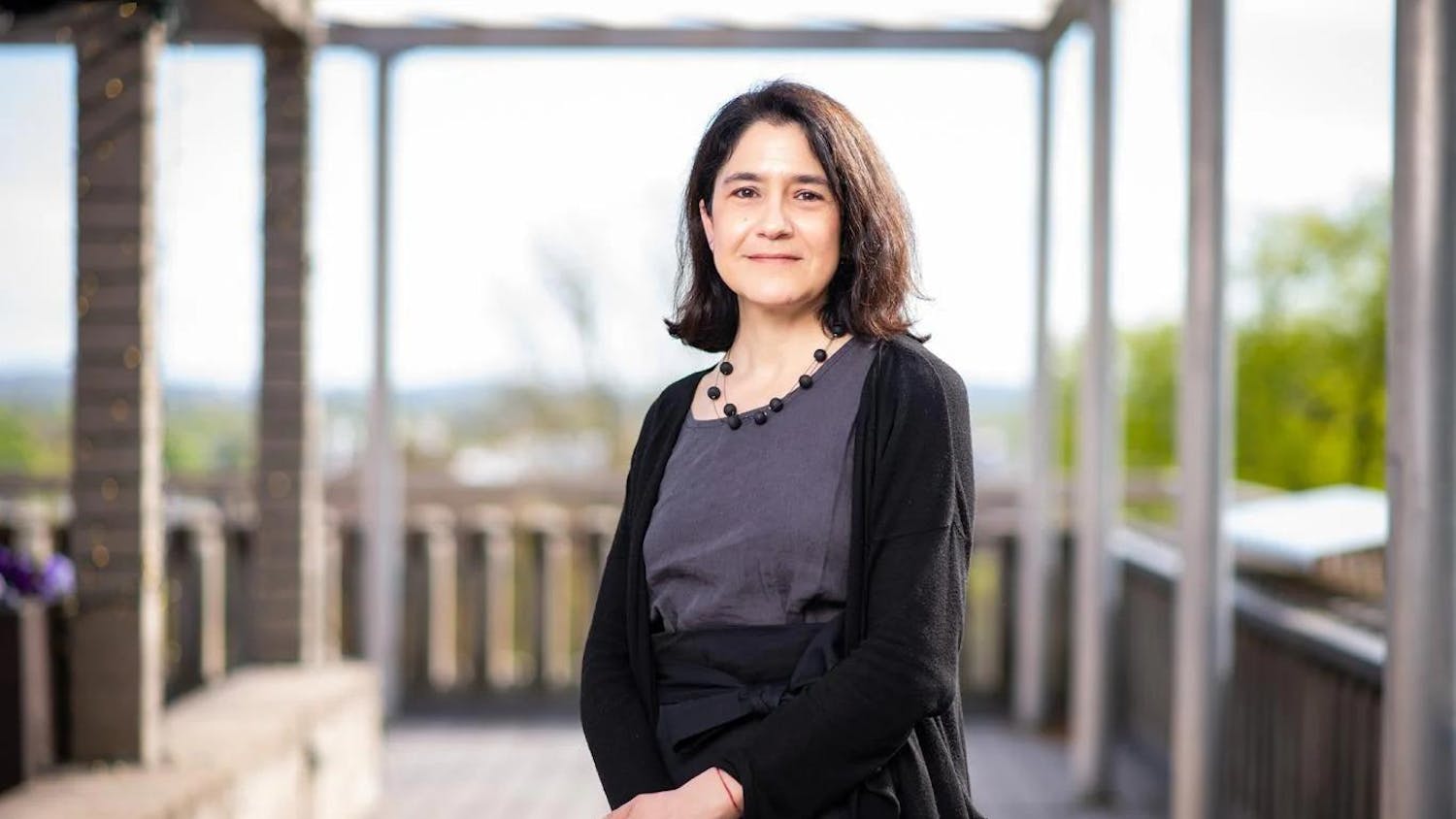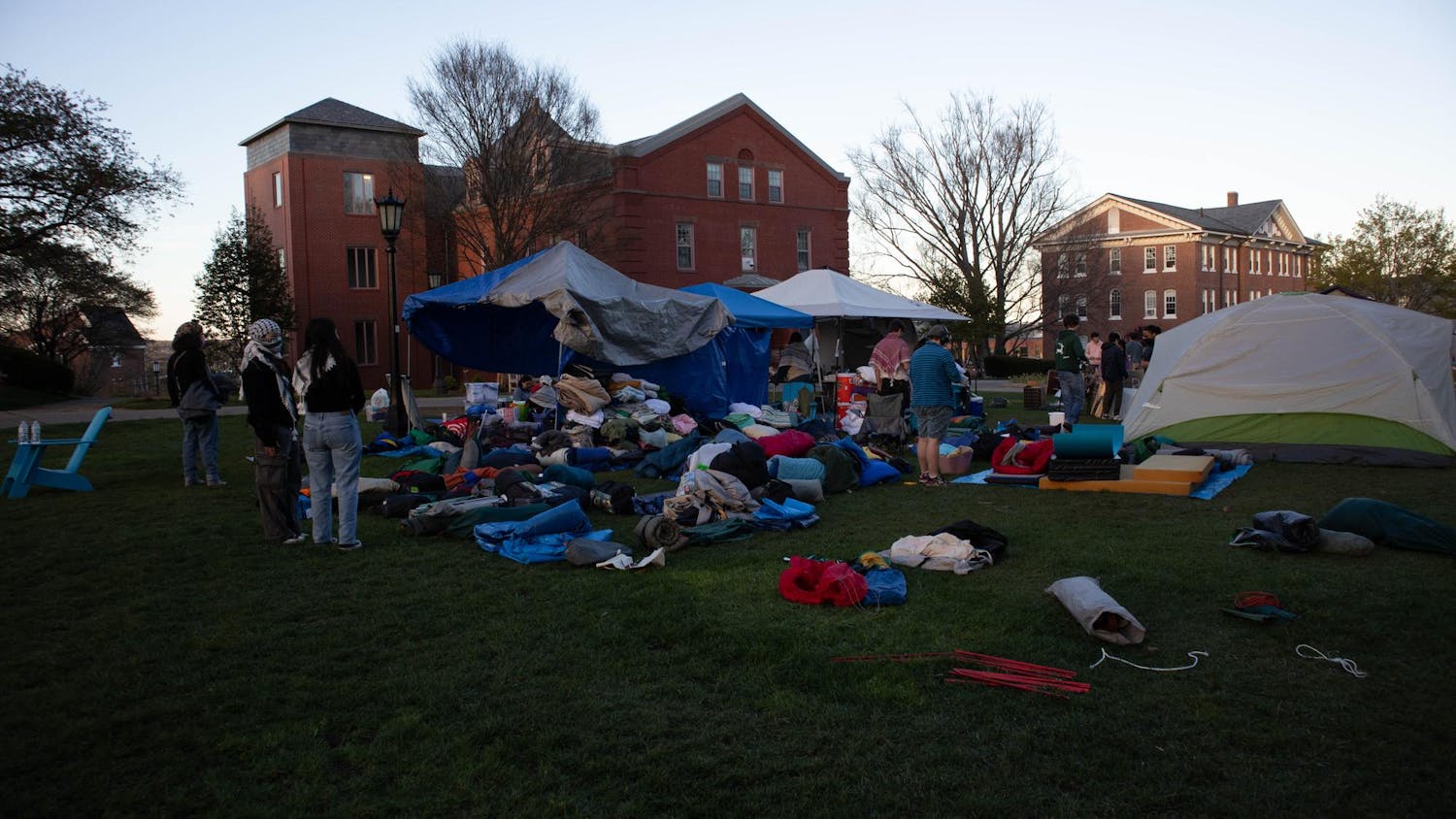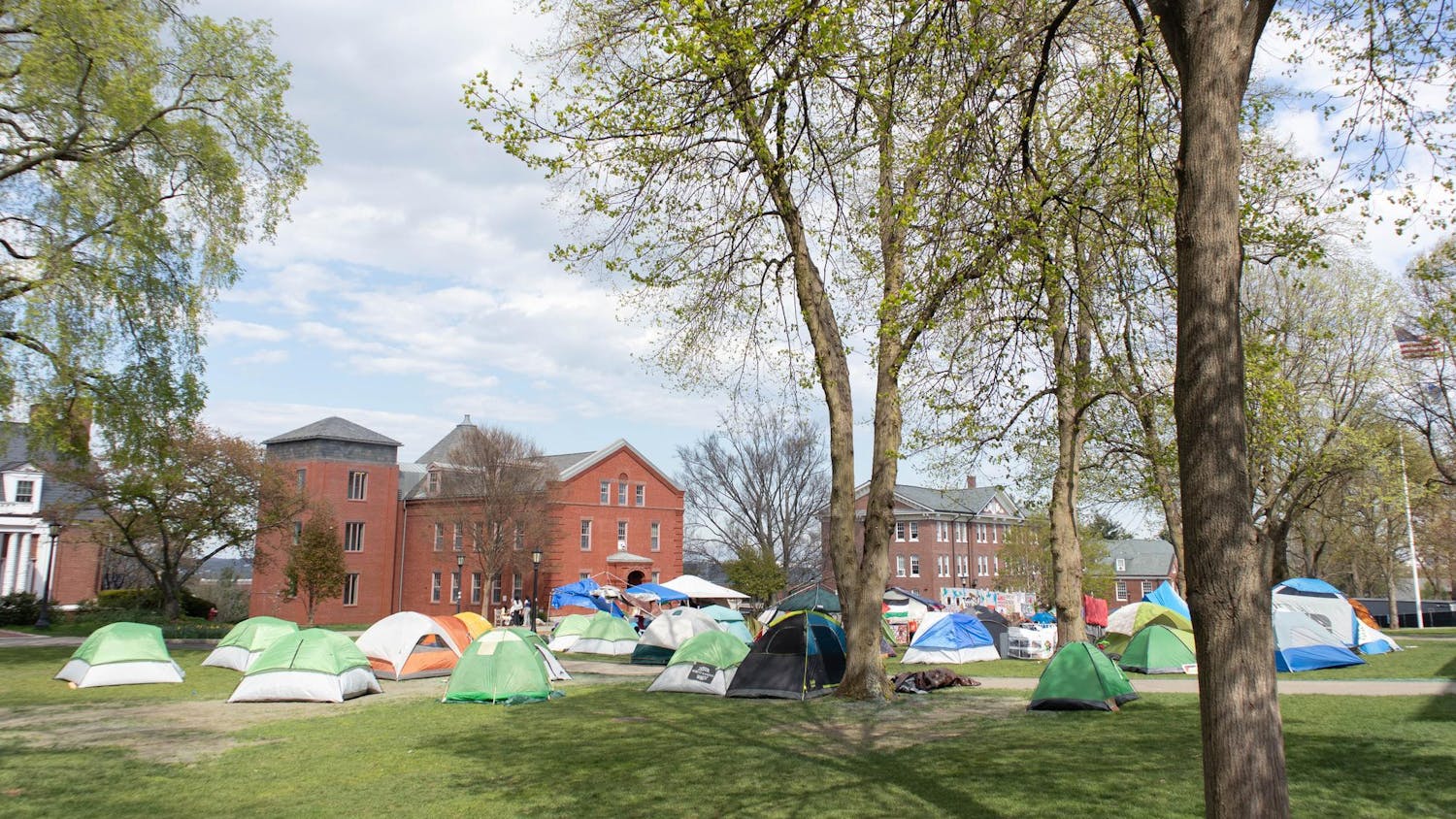The cities ofMedford andSomerville reported that 37.01% and 33.36% of their residents, respectively, have been fully vaccinated against COVID-19, according to data released by both citieslast week. In Medford, 57.37% of the population has received at least one shot, while Somerville reports that 58.17% have received at least one dose of a COVID-19 vaccine.
When broken down by race/ethnicity, both cities show that white residents are the most vaccinated group per capita.
In Medford, 38% of white residents, 20% of Black residents, 23% of Asian residents and 24% of Hispanic residents have been fully vaccinated against COVID-19 as of April 29. When counted by those who have received at least one dose, 56%of white residents, 30% of Black residents, 46% of Asian residents and 43% of Hispanic residents have received at least an initial vaccine.
In Somerville, 37% of white residents are fully vaccinated, while 28% of Black residents, 23% of Asian residents and 16% of Hispanic residents have been completely immunized as of April 29. When accounting for those who have received at least one dose, 64%of white residents, 43% of Black residents, 47% of Asian residents and 29% of Hispanic residents have been given at least one shot.
Alexander Janoff / The Tufts Daily
It remains unclear what the effect of age may currently have on the vaccine rollout among different racial/ethnic groups in Medford and Somerville. By the end of Phase 2 of the Commonwealth’s vaccine distribution plan — which lasted from Feb. 1 to April 18 — all individuals older than 55, along with those with one or more medical conditions, K-12 educators and workers in certain categories, were eligible for vaccination.
Because themedian ageof white residents (42.8 years) is higher than that of Black residents (32.7 years), Asian residents (33.9 years) and Hispanic residents (28.1 years) in Massachusetts, some have questionedwhether a portion of the racial and ethnic disparities in vaccine distribution may be attributable to older populations receiving the vaccine first.
Boston Indicators, aresearch association affiliated with the Boston Foundation,published a data brief in early April that estimated the age-adjusted vaccination rates among different racial/ethnic groups.
The brief found that in Massachusetts, when adjusted for age, 35% of white residents, 31% of Black residents, 33% of Asian residents and 26% of Latino residents had received at least one dose of the COVID-19 vaccine as of April 9.
Meghann Ackerman, the deputy director of communications for the City of Somerville, acknowledged the apparent disparities in vaccine distribution in an email to the Daily.
“Black and Latinx populations have a shorter life expectancy than the white population, and Black and Latinx immigrant populations skew younger," Ackerman wrote on April 27. "Because the early groups eligible were [age-based] there were fewer Black and Latinx residents in those early phases … In the age-adjusted data, Somerville has very close vaccination rates for our white, Black, and Asian populations, but still lower rates for the Latinx population.”
Ackerman also cited language barriers, difficulty in access, vaccine hesitancy and misinformation surrounding the process — such as false information that one must pay, provide insurance or show ID to receive a vaccine — as contributing factors toward vaccine disparities.
Jackie Piques, the director of communications for the City of Medford, also included vaccine hesitancy and access as potential reasons for vaccine disparity, among other factors.
Across Massachusetts, the racial/ethnic disparities in vaccine distribution among the states’ most vulnerable communities have been well documented. A team of researchers conducted ananalysis in mid-April that found that by and large, the distribution of vaccines in Massachusetts was not going to communities most affected by COVID-19.
Specifically, the April 14 analysis compared the proportion of COVID-19 infection to the proportion of COVID-19 vaccination by race/ethnicity. The authors noted that although non-white residents made up 62% of confirmed COVID-19 infections in Massachusetts, they represented only 26% of fully vaccinated individuals in the state.
“It’s a stark reminder that we have a lot of work to do to address the inequities in vaccine distribution such that it better aligns with COVID infection risks, and that it addresses long-standing inequities across racial and ethnic groups,” Thomas Stopka, co-author of the study and associate professor of public health and community medicine at the Tufts University School of Medicine, said.
Gabriela Andujar Vazquez, an attending physician at the Tufts Medical Center who focuses on infectious disease, said outreach, access and education surrounding vaccination could work to undo disparities among communities of color.
“There are also other socio-economic insights and social issues that might prevent someone from getting [vaccinated] in these communities,” Andujar Vazquez said. “Not every 95-year-old that is not an English speaker can go onto the internet and do a vaccine appointment. So there’s a lot of different examples of how difficult it can be for certain communities, patients and individuals to be able to get an appointment, because we know that getting health care in general for these communities is difficult.”
Both Piques and Ackerman indicated that the cities of Medford and Somerville have taken steps to combat vaccination disparities among racial/ethnic groups. Included among these are multilingual resource lines, targeted outreach to communities of color and collaboration with local faith leaders and community partners.
Piques mentioned that the City of Medford is also co-opting the Commonwealth’s “Trust the Facts, Get the Vax”campaign, an effort intended to educate the public about the safety of the COVID-19 vaccine.
There are currently no city-run vaccine clinics operating on a regular basis in either Medford or Somerville, according to Piques and Ackerman. The Medford Board of Health was able to partner with the Medford Housing Authority to provide on-property vaccinations through April 30, and the City of Somerville collaborated with the state to provide vaccinations to those in state-authorized affordable housing senior buildings.
Although there has been widespreaddebate among public health officials regarding when,and even if, the world may reach herd immunity, it wasoriginally estimated that approximately 60–70% of the population would need to be vaccinated in order to do so, according to Nature.
Stopka said that in order to reach a sense of normalcy in Massachusetts, prioritization should be given toward vaccine equity in communities with a high risk of infection,many of which are home to communities of color.
“If we’re vaccinating well in one community but not in a neighboring community, we will have struggles in reaching herd immunity,” Stopka said. “If we want to achieve success in combating the pandemic, we do need to do it in a more equitable way across the entire community to have the best chance of success.”






